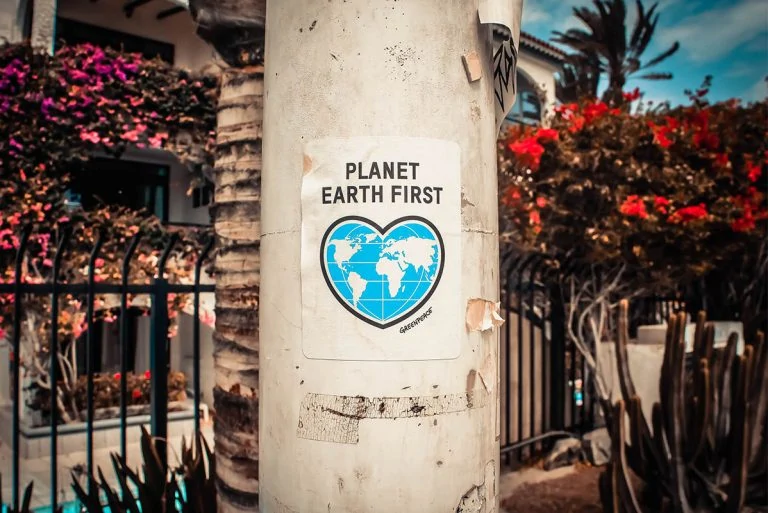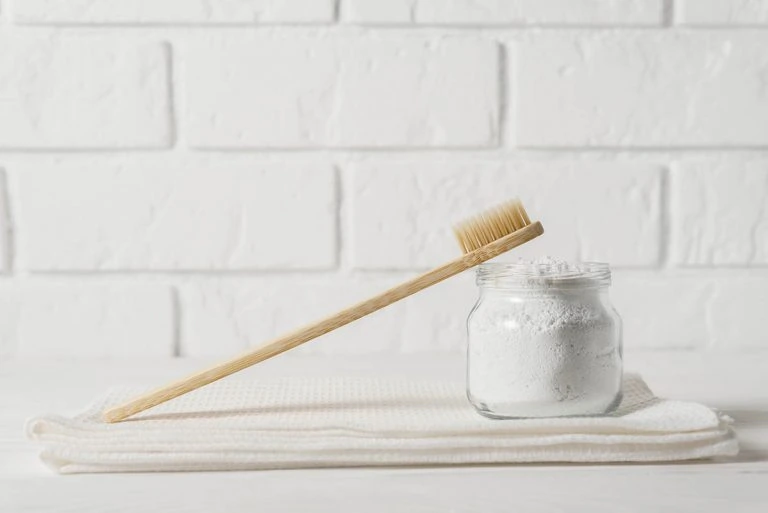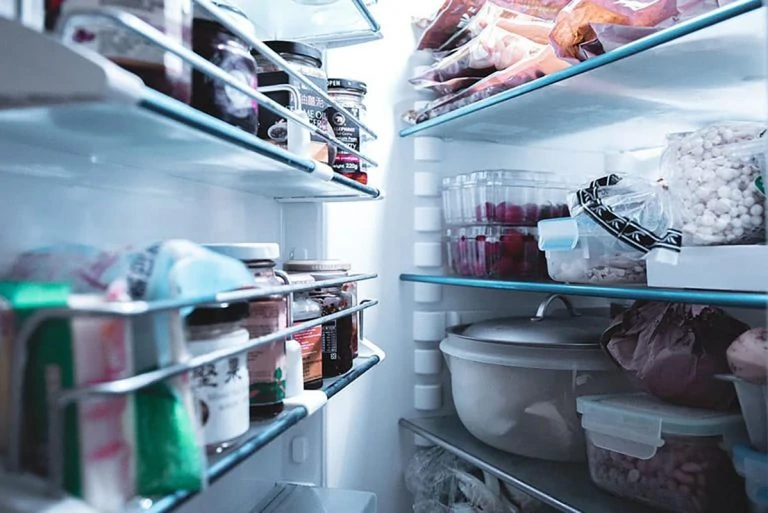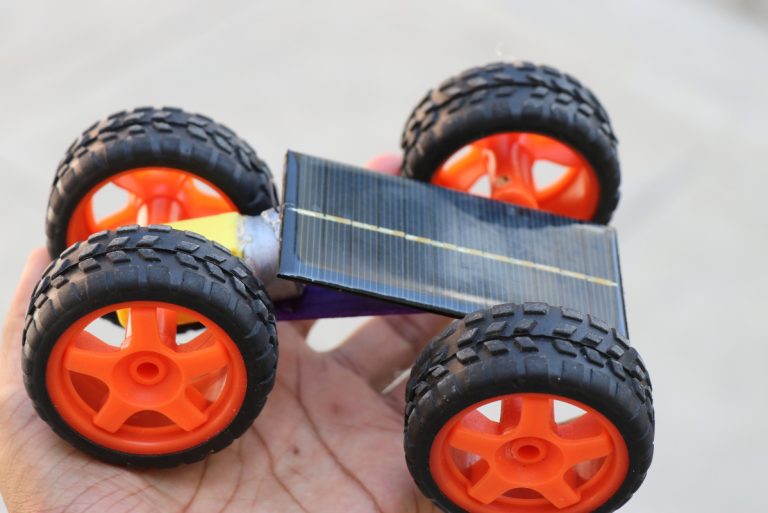According to the EPA, US households sent a collective 12.2 million tons of wood to landfill in 2018. If you’ve ever wondered is wood is recyclable, you’ll be happy to know at least some types of wood are – and with shocking statistics like this one, it’s time we all started doing so.
Read on to find out how!
So is wood recyclable?
So is wood recyclable, and is it easy? As stated, yes it is – but as you’ve probably already guessed, you can’t put wood out for recycling curbside (if we all started leaving our wooden dressers and tables out on the street, it could start becoming a problem). However, you can recycle wood in a few different ways, as well as repurpose or upcycle it.
Certain types of wood can be recycled by facilities that have the correct equipment to clean, chip, or shred it. Regular recycling centers don’t usually have this kind of equipment, but there are dedicated facilities that do.
Once shredded, the wood can be used to manufacture new products, such as construction materials, mulch for landscaping, and paper. It can also be used for fuel to generate energy.

Source: Flickr / Sam Saunders
It’s worth noting that not all kinds of wood can be recycled this way – the most recyclable is what’s known as “clean wood”. This is raw wood that has not been painted, stained, treated, or glued.
Most wood used for construction, furniture, and other common uses will be painted or treated in some way, so you’ll probably only come across clean wood which has been used to make pallets or as raw, untreated lumber.
Some wood recycling centers will accept other types of wood which can also be recycled, just into a more narrow range of products.
Recycling facilities classify wood as follows:
- Grade A – Clean wood, usually from pallets. This wood is free from chemicals and so can be recycled into a range of products, such as mulch and animal bedding.
- Grade B – Wood salvaged from demolished or remodeled buildings, as well as left over from construction projects. This type of wood can be given new life as plywood or wood paneling.
- Grade C – Yard waste such as tree limbs and branches, as well as wood from the above categories that isn’t suitable to be recycled. This wood can be used as fuel.
- Grade D – Any pieces that have been treated, painted, or include residues of glue or preservatives. This wood unfortunately cannot be recycled and is treated as hazardous waste because of the chemicals found in these materials.
Though not accepted by wood recycling centers, grade D wood can be repurposed or reused in other ways to keep it out of the waste stream.
Why you should recycle wood
Recycling wood whenever possible is vital to conserve one of the world’s most precious resources – our forests.
Deforestation is a major environmental issue: experts predict we’ll only have 10% of the earth’s original forests left by 2030 if we keep heading in our current direction.
Deforestation contributes to habitat destruction, species extinction, water shortages, and global warming. Forests are natural carbon sinks that absorb carbon dioxide, so the more trees we cut down for wood and their products, the more of this dangerous greenhouse gas ends up in the atmosphere.
Furthermore, although wood is biodegradable, it’s not good news for the environment when it breaks down in landfill. Not only does it take longer to decompose in these conditions, when it does it releases methane gas, one of the worst greenhouse gases.
Furthermore, painted and treated wood can release a range of toxic chemicals into the air, soil, and water system as it breaks down.

Otherwise, you could burn any wood you have on your hands, but this is also bad news for the environment, (as well as involving risks to your health). Burning even clean wood generates methane, carbon monoxide, and other greenhouse gases.
Burning stained, painted, or treated wood is even worse, as this releases all kinds of chemicals into the atmosphere.
Therefore, you should always try to recycle wood if at all possible!
How to recycle wood
You most likely can’t put wood out for recycling curbside, but you do have a few options for recycling, repurposing, and upcycling old wood.
Take it to a wood recycling facility
If you have certain types of wood, you can drop it at a wood recycling facility. These facilities accept clean wood, and some may also take natural wood such as tree limbs and branches.
Here’s how to recycle would through a specialized wood recycling center:
- Contact your local sanitation department and ask if they have a wood recycling facility. If not, ask them to direct you to the closest recycling center that handles wood.
- Ask them what type of wood they accept – that is, whether they only take clean wood or if they also accept treated wood. Also, check for any special instructions for preparing the wood for recycling.
- Sort the wood into different types – separate out clean, untreated, and unpainted wood as this is all that the recycling facility will accept. If the facility accepts yard waste like tree limbs, gather this together as well.
- Bundle up the clean wood, and do the same for yard waste.
- Drop it off at the recycling facility.
Sell it or donate it to a good cause
There is a growing demand for wood as a sustainable building material. Old wood from a variety of sources can be used to construct everything from houses to furniture.
Interested in learning more about recycled building materials? Take a look at our complete guide on the subject here.
If you have wood that is in good condition, you may be able to sell it on Craigslist or Facebook marketplace. Otherwise, you could give it away on Freecycle, or see if any local charitable organizations would appreciate the donation to use for construction or similar.
If you have wooden furniture that is in reasonably good condition, you could also donate this to a charity like a local homeless shelter, or give to a Goodwill or Salvation Army donation center. Check our separate guide to learn how to get rid of furniture in a responsible way.
Use the wood as fuel
One of the most traditional uses of wood is for fuel, and this is something you can consider depending on the type of wood you have on hand. However, you should never burn painted, stained, or treated wood, as these can release toxins that are hazardous to both human health and the environment when burned.

If you have clean, burnable wood like old tree limbs, burning it in an energy-efficient stove is a good alternative to using fossil fuel-generated forms of heat, such as electric or gas heaters. However, there are more eco-friendly options, such as bioethanol and pellet fireplaces – check out our guide to eco-friendly fireplaces to learn more.
Equally, if you have clean wood such as pallets, it’s arguably more eco-friendly to recycle this through a dedicated facility.
Upcycle it
Painted, stained and treated wood is not able to be recycled through a wood processing facility, but it is often ideal as a raw material for DIY projects. You can always strip it back and stain or paint it in any shade you’d like.
There are hundreds of ways you can reuse and upcycle old wood, here are just a few sample projects:
- Make a unique dining table like this one
- Craft a storage chest – check out this tutorial to learn how
- Turn old pallets into a planter for your yard
- Repurpose wood pieces into a hanging bathroom organizer
- Create a stunning wall from reclaimed pallets
- Make a work table for your other DIY projects
You can compost certain types of wood
This is only an option for untreated wood or yard waste, that is sticks, branches, and tree limbs. You can compost these types of wood in your regular compost bin by chopping or breaking them up into small pieces.
You could compost large limbs and big pieces of wood, but this will take a long time!
Before composting your old wood, be sure to check it thoroughly to make sure it isn’t diseased or infested with insects. Both these things can ruin your compost, so look for other options if you spot either of these issues with your wood.

Take it to a dump
If you really can’t find any other way to deal with your old wood, you can drop it at landfill.
Also keep in mind that this usually involves a fee, typically based on weight. These fees can vary depending on where you live, though some municipalities offer free days where you can drop off materials like wood for free.
FAQs
We’ve covered some of the most commonly asked questions about recycling wood to clear up any doubts.
Can I recycle wood curbside?
No, while you can recycle some types of wood, you can’t recycle it in your regular curbside recycling program. There are specialized wood recycling centers that accept clean, unpainted, and untreated wood, as well as yard waste in some cases.
Unclean wood is not suitable for recycling through these facilities. You can repurpose or upcycle this kind of material, or take it to a landfill as a last resort.
Can I put wood in my compost bin?
Yes, you can put wood in your compost bin, but only certain kinds of wood. Clean, unpainted, and untreated wood is compostable, but not any type of coated wood.
You also want to avoid putting diseased or infested pieces of wood in your compost as this will play havoc with your compost pile.
Final thoughts
We hope you now know the answer to the question “is wood recyclable?” and are confident in how to dispose of wood responsibly! Though not all types of wood are accepted through recycling centers, even those specialized in this type of material, you have other options.
You can donate, repurpose, compost, and upcycle wood and wooden items, to make the most of the earth’s resources and avoid pollution caused when it breaks down in landfill.
For more on how to reuse and repurpose wood, take a look at our comprehensive reclaimed wood buyer’s guide.













